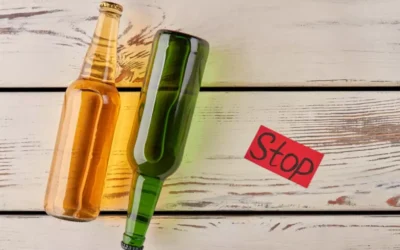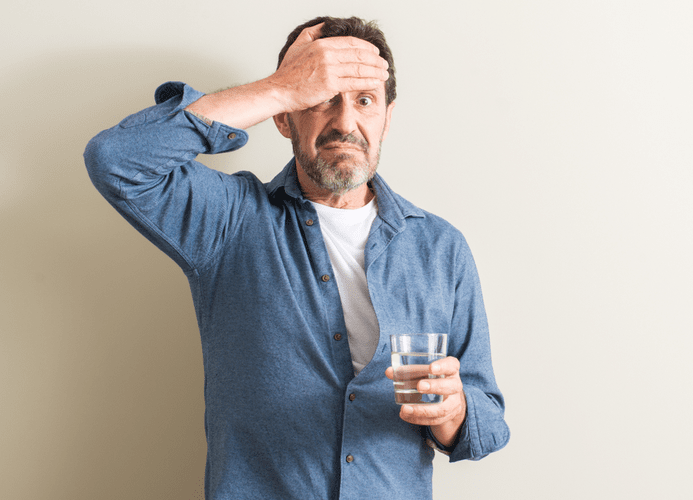This review examines the history of doping in athletes, the effects of different classes of substances used for doping, side effects of doping, the role of anti-doping organizations, and treatment of affected athletes. Doping goes back to ancient times, prior to the development of organized sports. Performance-enhancing drugs have continued to evolve, with “advances” in doping strategies driven by improved drug testing detection methods and advances in scientific research that can lead to the discovery and use of substances that may later be banned. Many sports organizations have come to ban the use of performance-enhancing drugs and have very strict consequences for people caught using them. There is variable evidence for the performance-enhancing effects and side effects of the various substances that are used for doping.

Performance-enhancing drugs and their negative impacts

The test is quite sensitive and can detect about 10 pg/mL of erythropoietin in the urine. The isoelectric point for each erythropoietin glycoform is determined by the presence of charged groups on the carbohydrate moieties. The carbohydrate of recombinant erythropoietin, expressed from Chinese hamster ovary or baby hamster kidney cells, is different from that expressed in human kidney cells (392). Erythropoietin stimulates erythropoiesis by binding to specific receptors on the surface of red cell progenitors, activating the Janus kinase 2 signaling pathway, and promoting the survival of these progenitors. Erythropoietin receptors are expressed maximally on colony-forming units (erythroid [CFU-E] cells) and regulate further differentiation of these cells. The burst-forming units (erythroid [BFU-E]), proerthyroblasts, and basophilic erythroblasts also express erythropoietin receptors.
- This pressure worsens addictions and leads to athletes staying silent, rather than getting the help they need.
- The use of other substances may follow a similar pattern, and suggests the need for targeted intervention/prevention efforts for athletes transitioning out of their competitive seasons.
- Enabling environments can be examined similarly to risk environments, as the interaction of various harm reducing factors across levels.
- For example, people with mood or anxiety disorders are twice as likely to struggle with a substance use disorder (SUD), and people with SUDs are about twice as likely as those without to have a mood or anxiety disorder.
- Creatine seems to help muscles make more of an energy source called adenosine triphosphate (ATP).
- These sites are recognized by neurosteroids produced endogenously in the brain.
Anti-Doping risk processes and environments
Performance Enhancers: The Safe and the Deadly – Healthline
Performance Enhancers: The Safe and the Deadly.
Posted: Fri, 05 Feb 2021 08:00:00 GMT [source]
Prescription opioids provide a particularly slippery slope, as addiction to them can quickly lead to athletes turning to cheaper illicit opioids such as heroin. About 80% of people who use heroin used and abused prescription drug use in sports opioids first. Athletes at all levels and of all ages are susceptible to injury, and the treatment method for those injuries can sharply increase the potential for addiction to prescription painkillers.
Why are some drugs and substances banned in sports?
Opioid drugs like OxyContin® and Vicodin® are powerful medications prescribed to treat moderate to severe pain, such as the kind experienced after a sports injury or surgery to repair said injury. Colloquially known as “roid rage,” experts have tied using anabolic steroids to increased aggression and violence, which can lead to additional problems with friends, family and even law enforcement, in addition to the physical side effects. While there is no definitive cause for this increased aggression, scientists believe it may be due to secondary hormonal changes within the athlete.
Doping enabling processes and environments
And continued stress on the heart can eventually lead to cardiac arrhythmia, stroke, and heart attack. WADA revises and publishes its list of banned substances approximately annually. It specifies those banned substances and methods that are prohibited at all times (both in-competition and out-of-competition) because of their potential to enhance performance in future competitions or their masking potential, and those substances and methods that are prohibited in-competition only. Selective androgen receptor modulators are not approved for use in humans in any country, but athletes are able to obtain these substances on the Internet.32 No studies were found looking at the effects of selective androgen receptor modulators on muscle strength or mass in humans.
D. Erythropoiesis-stimulating agents
For elite and professional athletes, the monetary incentives to win can be huge and provide a reason for athletes to use prohibited substances (Aubel & Ohl, 2014; Fincoeur, Cunningham & Ohl, 2018). However, the physical and social risks of doping are multiplied when individuals must secure their own supply, determine their own doses, minimise side effects, and prevent being caught through in or out of competition testing. https://ecosoberhouse.com/ One way of avoiding some of these issues is for athletes to collectively dope, thereby sharing the burden of risks and working together to minimize them. Systematic doping involves centrally organising doping for a group of athletes. This is often done by an entity above the individual, such as by a team or a state, which often stands to benefit from the cumulative boost in performance among its member athletes.
Risk and enabling environments in sport: Systematic doping as harm reduction
While motivated by both shared and unique interests, systematic doping is similar to the phenomenon of Heroin Assisted Treatment (HAT), or the (tenuously) legal dispensing of pharmaceutical-grade heroin to individuals who have struggled with other modalities of opioid use treatment (Kilmer et al., 2018). In both cases, the supply and use are centrally managed in order to manage the risks of substance use for individuals who would be otherwise incapable of doing this effectively on their own. Though systematic doping is often done for collective performance enhancement, related concerns include avoiding detection and ensuring athletes remain healthy enough to compete.
- Some drugmakers and workout magazines claim that andro products help athletes train harder and recover faster.
- As an internal reference, tests use an endogenous steroid either upstream of the steroid of interest or from another steroid pathway, such as pregnanediol.
- A second and even more distinct divide exists between PED use in sports and fitness and the use of illicit recreational drugs.
Treatment for Athletes at Gateway
As an internal reference, tests use an endogenous steroid either upstream of the steroid of interest or from another steroid pathway, such as pregnanediol. The use of the CIR in conjunction with the steroid profile results can provide a definitive answer about whether the athlete used a pharmaceutical testosterone product or not. Occasional field observations have also documented strikingly aggressive or violent behavior in some AAS users who had no history of such behaviors. These have included cases of previously normal individuals committing murder or attempted murder (181, 199,–201) or displaying other uncharacteristically aggressive behavior while using AASs (169, 202,–204).
- Basic science has also largely overlooked the potential interaction of AASs and traumatic brain injury.
- The use of the CIR in conjunction with the steroid profile results can provide a definitive answer about whether the athlete used a pharmaceutical testosterone product or not.
- In the event that an athlete and his or her medical providers feel it necessary, for documented medical reasons, that he or she continue to take a banned substance, WADA may consider granting a therapeutic use exemption, a concept mentioned earlier.
- Cycling has impacted my life positively in so many different ways from the incredible people along the way, I’ve traveled all around the world, seen different cultures, different everything, just a whole different world.
IV. Factors Contributing to the Limited Appreciation of the Adverse Effects of PEDs







